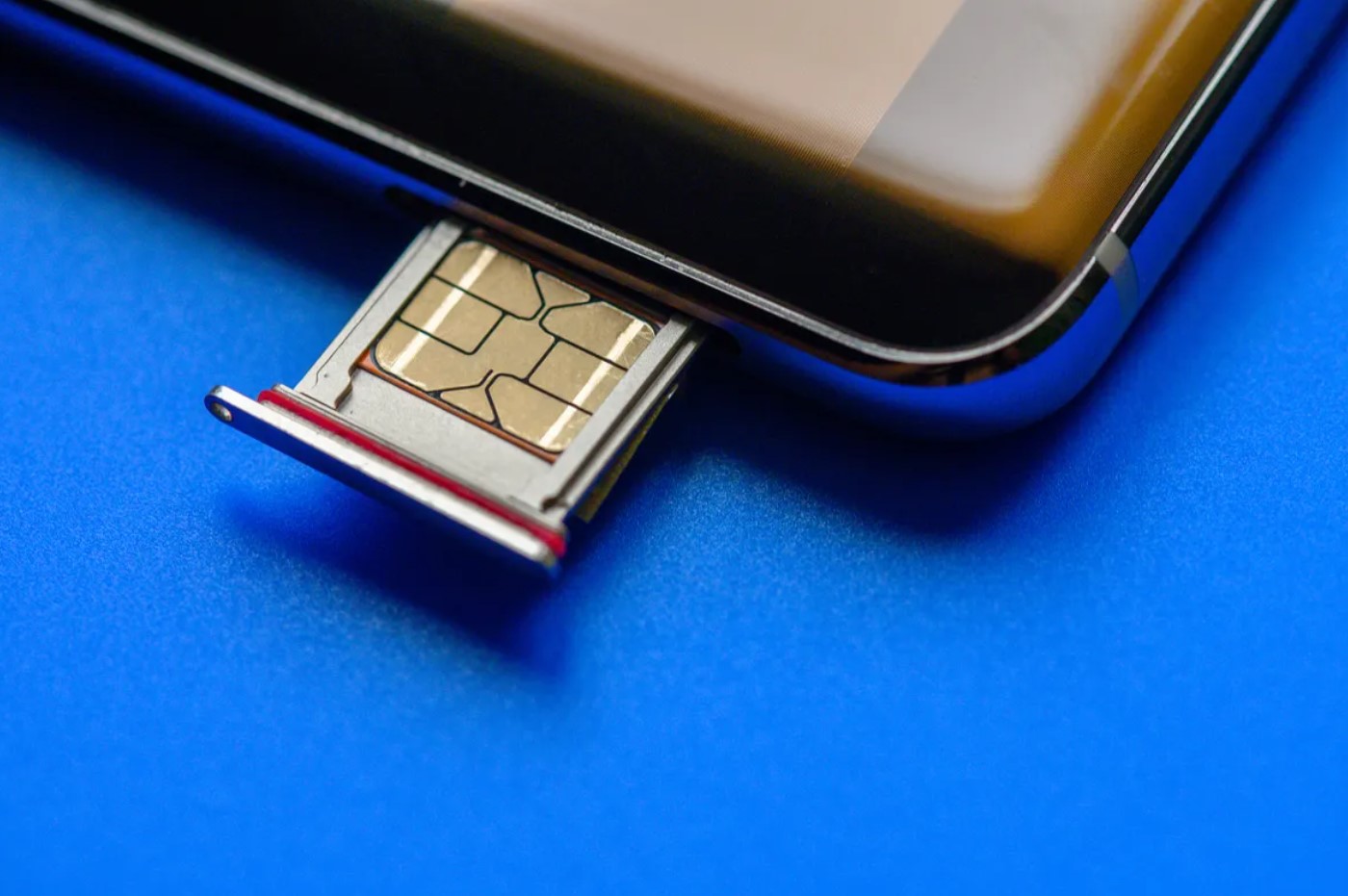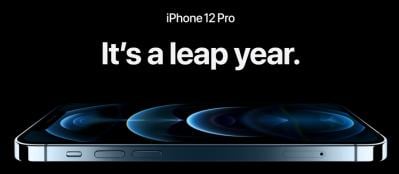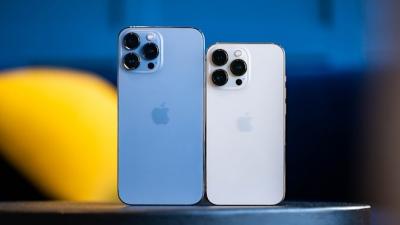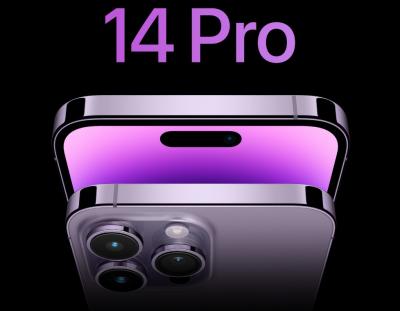What is eSIM? How does it work?

Apple has introduced eSim technology with the release of its latest iPhones. In this post, we will explain the differences between eSim and regular sim cards, the Pros and Cons of using eSIM, and how to set up your new eSIM.
What is an eSIM?
Have you ever heard of an eSIM? If not, it's time to get familiar with this increasingly common feature in our technology. The abbreviation "eSIM" stands for embedded SIM, meaning that it is a built-in chip rather than a physical card that can be swapped out. For example, the latest iPhone models include an eSIM in addition to the traditional SIM card slot. This allows users to easily switch between multiple service providers or plans without having to physically change their SIM card. It also reduces the need for manufacturers to include multiple SIM card slots in their devices. While eSIM technology is still relatively new and not yet widely adopted, it promises to make our lives more convenient in the future. So keep your eyes open for eSIM options from your choice of device and service provider – it just might save you a trip to the store for a SIM card swap.
How does the iPhone eSIM work?
The iPhone's eSIM technology allows for almost instantaneous setup and activation of your phone plan. Instead of having to physically swap out a SIM card, the eSIM can be activated through your phone's settings. Each network provider has their own unique QR code, which can be scanned through the phone to activate the eSIM and select a plan. This technology is increasingly popular as it allows for easier international travel and added convenience when switching plans. Additionally, the eSIM technology allows for more storage space on your iPhone as there is no physical SIM card taking up room. As eSIM technology becomes more widely available, the need for traditional SIM cards may eventually become obsolete.
Pros and cons of using an iPhone eSIM
The iPhone eSIM is a convenient and versatile feature that allows users to have multiple phone numbers or easily switch between different service providers. The eSIM technology, available on the newest iPhone models, allows users to have multiple phone numbers without the need for physical SIM cards. With this ability, you can easily switch between phone numbers for work and personal use or add an international number while traveling. Additionally, having multiple phone numbers on one device offers greater flexibility and convenience in managing your communication needs. While most wireless carriers currently limit the number of eSIMs a device can support, there is still plenty of room for added numbers as needed. So go ahead and add those additional lines to your eSIM - your iPhone can handle it!
So what are the drawbacks? One major downside is that not all carriers support eSIM, so users may not have as many options for service providers. In addition, since the eSIM is embedded in the phone's hardware, replacing or repairing it can be difficult and expensive. And for those who prefer to keep a physical SIM card for added security, the eSIM may not be the best option. Overall, whether or not the iPhone eSIM is worth using ultimately depends on individual preferences and needs. Some may see it as a hassle-free solution for managing multiple numbers or switching carriers, while others may prefer a traditional physical SIM card.
But for those who still prefer physical SIM cards, Apple 14 comes with a bit of a bombshell: the physical SIM cards are going away to be replaced by eSIM cards. Therefore eSIM will be the trend for all future cell phones, whether you like it or not.
How to set up your iPhone eSIM?
Setting up an eSIM on your iPhone can seem intimidating, but it's actually quite straightforward! First, make sure that you have a supported device (iPhone XS, XS Max, or XR). Next, update to the latest version of iOS. Next, open the Settings app and tap on "Cellular," then "Add Cellular Plan." From there, you can either scan a QR code provided by your carrier or enter the information manually. After adding the plan, simply choose it as your chosen cellular plan, and voila - you're all set with your new eSIM! Keep in mind that some carriers may have additional steps for activation. Happy eSIM-ing!
How to transfer information from my current iPhone with a physical SIM card to a new iPhone with eSIM?
The good news is, transferring all of your information is easy! Just make sure that your iPhone is running iOS 12.1 or later and that your wireless carrier supports eSIM. First, back up your current SIM card on iTunes or iCloud. Then, go to the "Settings" menu on your phone and select "Cellular." From there, choose "Add Cellular Plan" and follow the instructions given by your wireless provider. Voila - you should now see both plans listed under "Cellular" in settings and can switch between them whenever needed. If you run into any troubles along the way, remember to check for updates on both your device and carrier or reach out to carrier customer support for assistance.
Still have issues with setting up the new eSIM?
Your wireless carrier should be able to help and walk you through the process, which may involve scanning a QR code or entering a code provided by your carrier. And just like with traditional SIM cards, make sure to keep your eSIM profile up to date with any changes to your plan or phone number.

















Comments